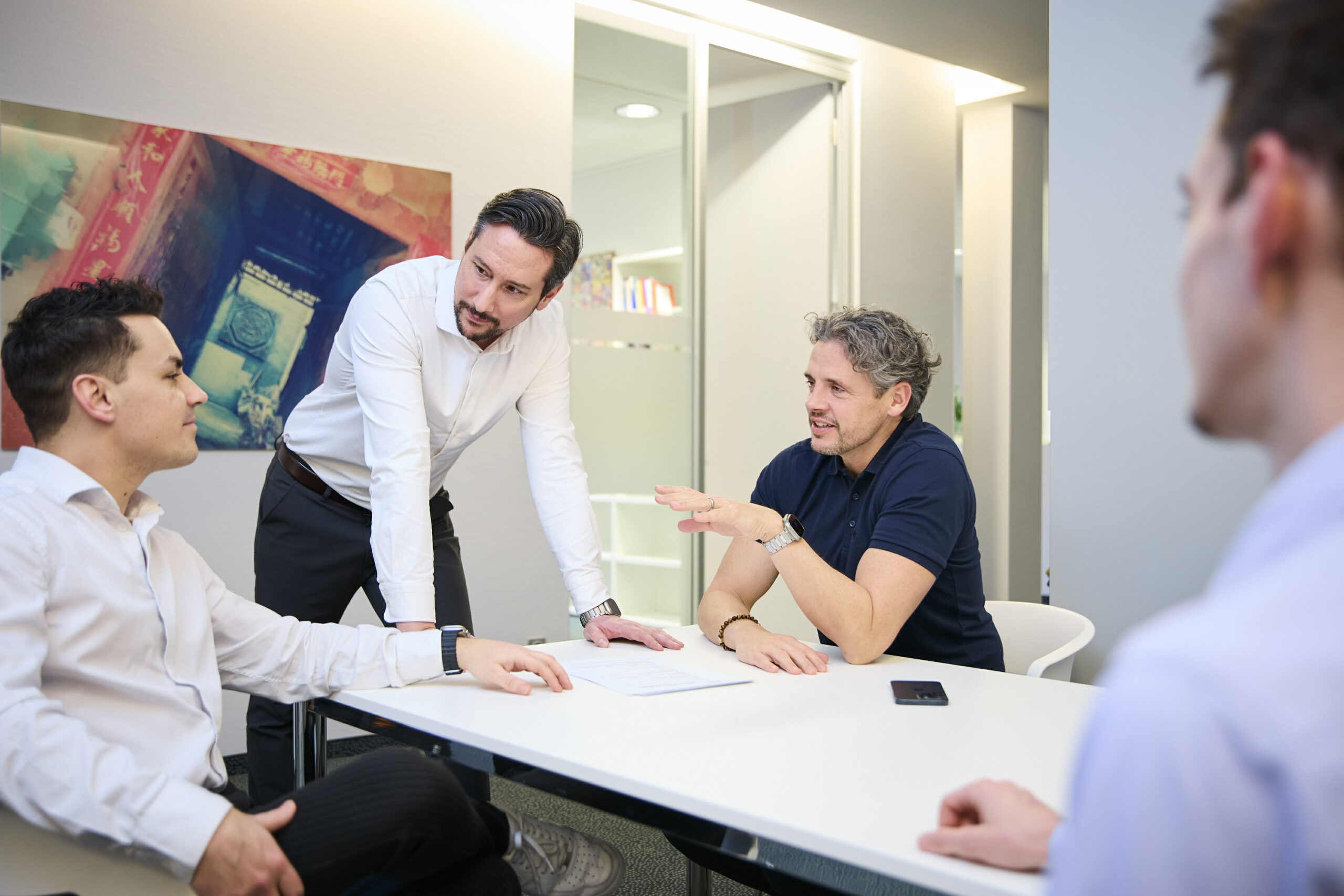Security Compliance
Physical Security
Concepture offers customized security solutions that protect organizations of all sizes from physical and digital threats.
Cyber Security
Security gates:
efficiency & control
We combine maximum safety with maximum user-friendliness
- Comprehensive expertise
- Independent advice
- Focus on user-friendliness

Are security gates already part of your safety concept?
Businesses are constantly exposed to physical threats, from unauthorized access to internal security risks. How can you effectively ensure that your physical workspace remains safe and secure?
Our innovative planning for security gates offers you maximum reliability and user-friendliness to allow authorized persons smooth access. Protect your assets and ensure maximum safety – without compromise.
SECURITY GATES WITH CONCEPTURE
Comprehensive expertise
With over 20 years of experience, we are well equipped to help you meet your security requirements. We always stay at the cutting edge of technology and implement the latest security standards to provide you with the best protection.
Independent advice
We work on a vendor-neutral basis, which allows us to select the optimal security solutions for your company without limiting ourselves to specific brands or providers. Our top priority is to find the most effective and cost-efficient security solutions for your company.
User friendliness
In addition to protection against physical threats, we attach great importance to the user-friendliness of our security gates. Our solutions are designed to provide quick and easy access for authorized persons without compromising security requirements.
The procedure
Needs analysis and site inspection
First, we conduct a comprehensive needs analysis to understand the specific security requirements of your business. We take into account the nature of your business, the physical location, the assets to be protected and the daily number of users. Based on this analysis, we advise you on the optimal security gate models to meet your needs.
Development of measures
In the next step, we develop concrete measures for the integration of the security gate into your existing security systems and spatial conditions, from which a preliminary concept is created. This includes planning the location, size and access control technologies (e.g. biometrics, RFID, etc.).
Planning phase
In this phase, the concept is translated into detailed planning. We create technical drawings, define schedules and determine all necessary resources. We make sure to work closely with you to ensure that all aspects of the project meet your expectations and that your feedback is integrated into the final planning.
Implementation
The actual implementation of the security measures takes place in this phase. These measures are accompanied by Concepture and monitored, particularly with regard to quality assurance.
Review and adjustment
Finally, we manage the functional tests and thus ensure that the systems have the desired functions.
Techniques used
Needs analysis and concept development
Individual analysis of your security requirements and development of a customized concept for security gates that suits your company.
Risk assessment and vulnerability analysis
Detailed assessment of potential risks and vulnerabilities of your physical location to recommend the most effective security gate solution.
Integration into existing security systems
Advice on the best possible integration of security gates into existing security systems and infrastructures, including access control and monitoring systems.
Technology selection and consulting
Expert advice on selecting the right security gate technologies to meet both your security requirements and your budget.
Project management and implementation support
Comprehensive project management support, from the initial idea to the full implementation of the security gate, including coordination of all parties involved and monitoring of progress.
Frequently asked questions about security gates
Companies of all sizes face unique challenges and questions regarding the implementation of security gates. Here you will find answers to the most important questions about security gates.
What are security gates?
Security gates are controlled entrance areas that are used to regulate access to secure areas. They provide a physical barrier that only allows access to authorized persons and at the same time prevents unauthorized access.
What types of security gates are there?
There are various types of security gates, including personnel gates, swing gates, cabin gates and sensor gates. The choice depends on the specific requirements and the security level of the area to be protected.
How do I choose the right security gate for my company?
Choosing the right security gate depends on several factors, including the location, expected passenger traffic, security requirements and available budget. Our professional advice will help you find the optimal solution for your needs.
Can security gates be integrated into existing security systems?
Security gates can usually be integrated into existing access control and monitoring systems to enable seamless security management.
How are security gates installed?
Installing a security gate requires careful planning and expertise. Our team supports you every step of the way – from initial consultation and design to installation and commissioning.
How secure are security gates?
Security gates are very secure and offer effective protection against unauthorized access. They are equipped with various security features, such as biometric scanners, card readers and/or PIN pads, to ensure a high level of security.
How do I get a quote?
Simply arrange an initial meeting with the contact person listed on this page. We will discuss your requirements and provide you with a customized quote.
Your safety is just a click away
Do you have any questions that have not been answered here, or would you like a personal consultation? We look forward to helping you.
Your expert for security gates

Stefan Müller
Let’s talk about your requirements and challenges! Book an appointment directly.
We look forward to getting to know you and your company!
